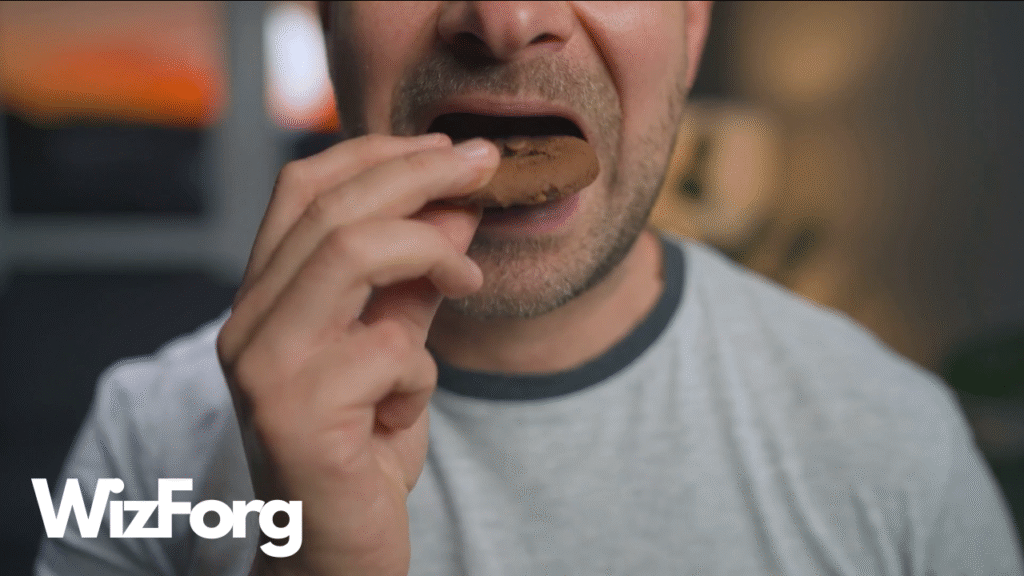Walk down any grocery aisle and you’ll find plenty of “syrup” options. But real maple syrup—the kind with deep amber color, rich flavor, and a price tag to match—doesn’t come from just anywhere. It only comes from places with very specific conditions. And those places? They’re cold.
Maple Syrup Comes from a Tree—But Not Just Any Time
Real maple syrup is made from the sap of sugar maple trees. But sap doesn’t flow all year. It requires a very particular set of climate conditions: freezing nights and thawing days. These dramatic temperature swings typically happen in late winter and early spring, and they’re only common in cold-climate regions like Quebec, Vermont, and parts of the northeastern United States.
Without those freeze-thaw cycles, the pressure inside the tree doesn’t change enough to push the sap out. No freezing temperatures? No sap. No sap? No syrup.
Why Cold Matters to the Flavor
The colder the climate, the slower the sap develops—and that’s a good thing. Slow sap production allows for a more concentrated sugar content, resulting in a richer, more complex syrup after boiling. Warm climates either fail to produce enough sap or create a thinner version that lacks the signature depth of genuine maple syrup.
And it’s not just about sweetness. Real maple syrup has hints of vanilla, caramel, and even a hint of smoke. Those flavors develop as the sap is reduced and caramelized—something that only works with high-quality, high-sugar sap from cold-weather trees.
What About the Fake Stuff?
Most commercial pancake syrups on store shelves aren’t maple syrup at all. They’re corn syrup with maple flavoring and coloring. While they may be sweet, they lack the nuanced flavor and artisanal craft of real syrup, which is tapped from a tree. If your bottle doesn’t list “100% pure maple syrup” as the only ingredient, it’s not the real deal.
Why You Can’t Grow a Sugar Bush in Florida
Even if you planted a sugar maple in a warm state like Florida or Texas, you wouldn’t get usable sap. The trees wouldn’t experience the temperature changes necessary to initiate sap flow. And without a long winter, the trees can’t store the sugars needed to produce flavorful sap in the spring.
This is why real maple syrup is deeply tied to cold climates—and why most of the world’s supply comes from places like Canada, which produces over 70% of all maple syrup globally.
It’s a Seasonal and Finite Harvest
Maple syrup season only lasts about 4 to 6 weeks per year. It’s labor-intensive: farmers must tap the trees, collect the sap daily, and boil it down (approximately 40 gallons of sap are required to produce one gallon of syrup). The short harvest window and unpredictable weather mean that supply can fluctuate, and when it’s a bad sap year, prices tend to rise.
So when you see that $12 bottle of syrup on the shelf, you’re not just paying for taste. You’re paying for climate, labor, time, and tradition.
Curious about what’s real, what’s regulated, and what’s just clever marketing?
Head over to Wizforg.com and subscribe to our YouTube channel for more stories that dive deep into the foods, rules, and cultures you thought you knew.



